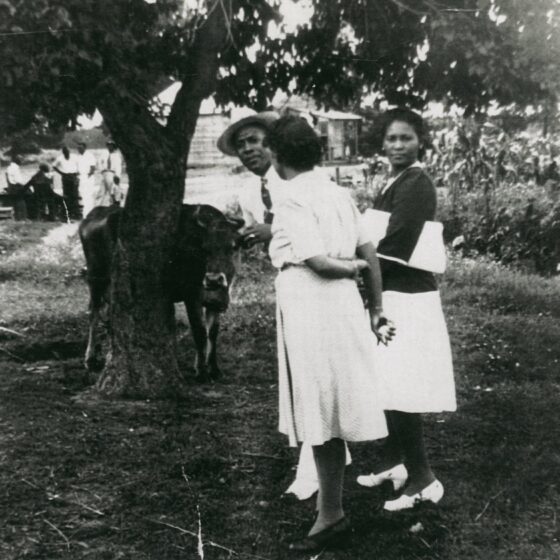Pop-up Studio
How to Make a Simple Stick Book
Reynolda revealed video series
See all videosReynolda Revealed
From the 1910s to the late 1950s, the segregated community of Five Row was home to Reynolda’s African American farm workers and their families.
Reynolda Revealed
A new type of Southern woman, Katharine Reynolds combined the traditional role of wife and mother with progressive practices on healthy living, education, and agricultural reform.

